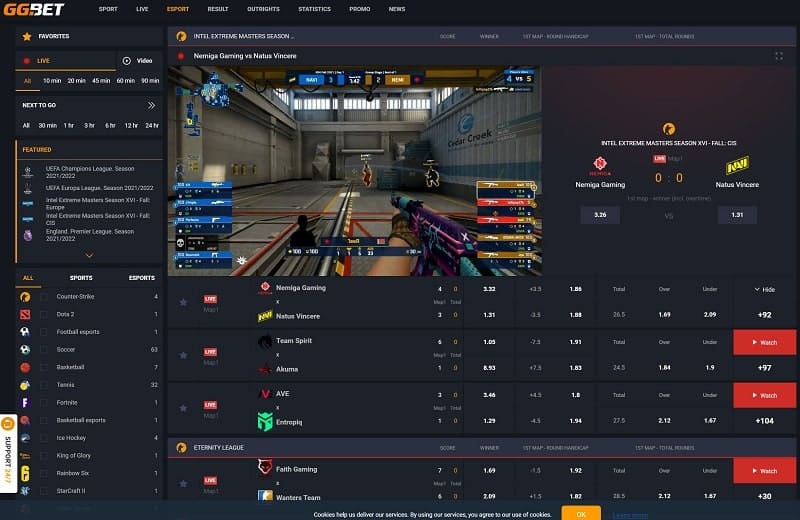The Forex market, short for foreign exchange market, represents the largest financial market globally, with an average daily trading volume exceeding $6 trillion. This mammoth market operates 24 hours a day, five days a week, across different time zones, connecting traders, investors, financial institutions, and governments worldwide. Understanding its intricacies is crucial for anyone looking to delve into the world of global finance.
What is Forex Trading?
Forex trading involves the buying and selling of currencies. Participants in this market include central banks, commercial banks, hedge funds, corporations, and individual retail traders. Unlike stock markets that operate through centralized exchanges, Forex operates as an over-the-counter (OTC) market. This decentralized nature allows trading to occur directly between parties through electronic networks.
Key Players and Influencers
Central banks play a pivotal role in the Forex market. Their monetary policies, such as interest rate decisions and quantitative easing programs, can significantly impact currency values. For instance, a central bank raising interest rates may strengthen its currency as investors seek higher returns. Economic data releases, geopolitical events, and market sentiment also influence currency movements, creating volatility and opportunities for traders.
Major Currency Pairs
Forex trading primarily revolves around currency pairs, where one currency is traded against another. The most traded pairs, known as majors, include EUR/USD (Euro/US Dollar), USD/JPY (US Dollar/Japanese Yen), GBP/USD (British Pound/US Dollar), and USD/CHF (US Dollar/Swiss Franc). These pairs are highly liquid, offering tighter spreads and greater trading volume.
Trading Strategies
Successful Forex trading requires a combination of technical analysis, fundamental analysis, and risk management. Technical analysts study price charts and historical data to identify trends and patterns, helping predict future price movements. Fundamental analysts focus on economic indicators, political events, and market news to assess a currency’s intrinsic value. Effective risk management involves setting stop-loss orders and managing leverage to protect capital from excessive losses.
Benefits and Risks
The Forex market offers several advantages, including high liquidity, flexible trading hours, and the ability to profit from both rising and falling markets. It serves as a diversification tool for portfolios and allows traders to capitalize on global economic trends. However, trading Forex carries inherent risks due to market volatility, leverage, geopolitical events, and sudden price fluctuations. Novice traders are encouraged to educate themselves thoroughly and start with a demo account to practice trading strategies before committing real capital.
The Future of Forex
The Forex market continues to evolve with advancements in technology, such as algorithmic trading and mobile trading apps, making it accessible to a broader audience. Regulatory reforms aim to enhance transparency and protect traders from fraudulent practices. As global trade and financial integration deepen, the Forex market’s role in facilitating international commerce and investment will remain indispensable.
Conclusion
The Forex market stands as a cornerstone of global finance, offering opportunities for profit and hedging against currency risks. Understanding its complexities, from currency pairs and trading strategies to market influencers and risk management, is essential for anyone venturing into Forex trading. While it presents vast potential, prudent decision-making and continuous learning are crucial to navigating its dynamic landscape successfully. Whether you’re a seasoned investor or a newcomer, embracing knowledge and adapting to market changes will empower you to harness the potential of the Forex market effectively.

